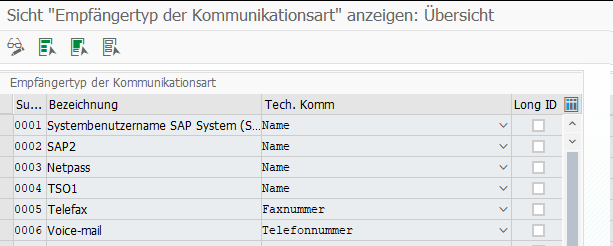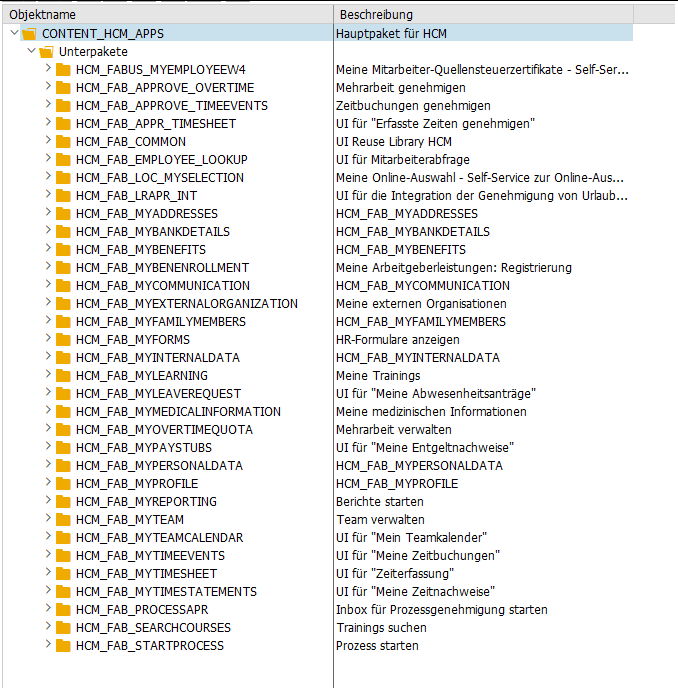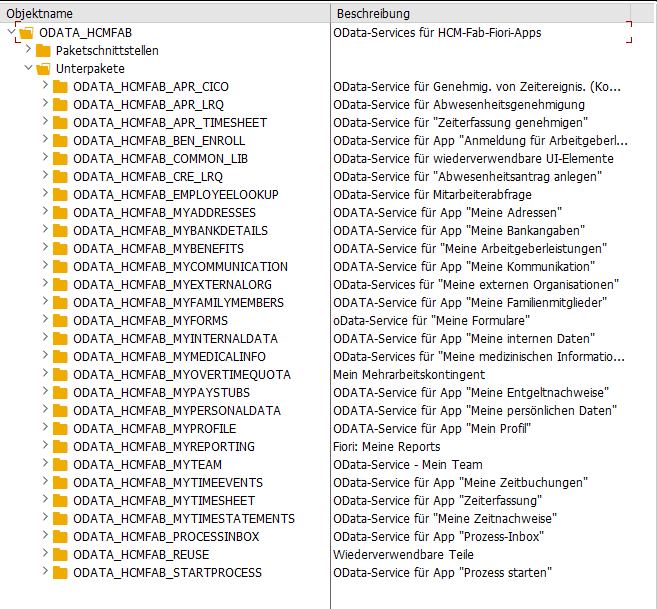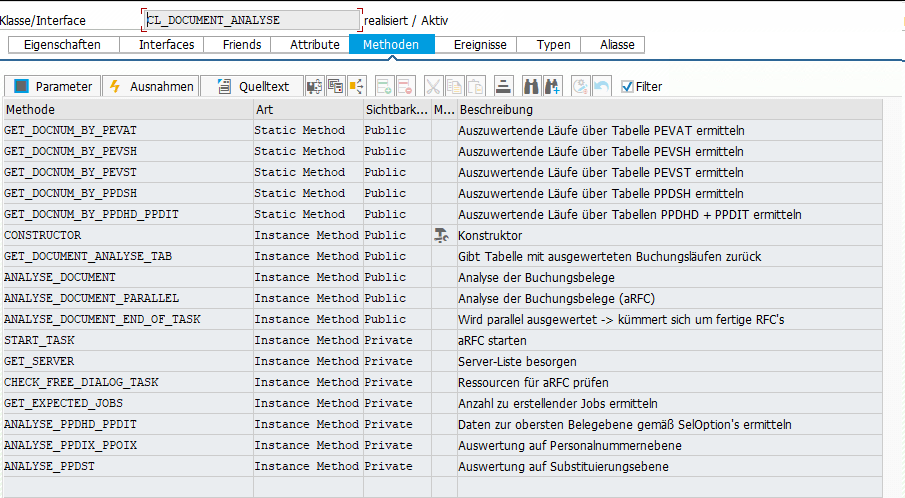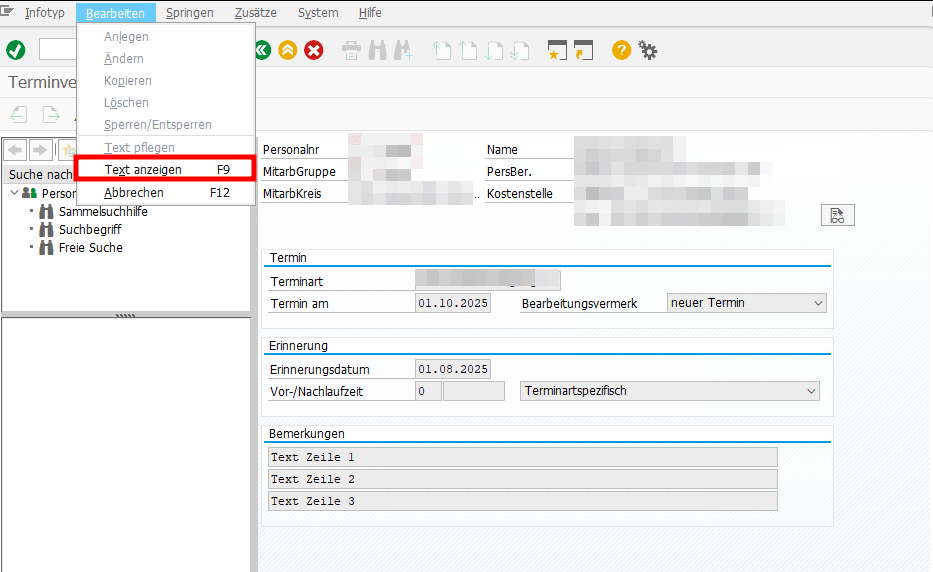

DATA infotype_text TYPE TABLE OF hrwpc_s_infotype_text.
CALL FUNCTION 'HRWPC_RFC_IT0XXX_TEXT_GET'
EXPORTING
pskey = CORRESPONDING pskey( p0019 )
TABLES
infotype_text = infotype_text.
DATA(text) = REDUCE #( INIT str = || FOR line IN infotype_text NEXT str = str && | | && line-textline ).

